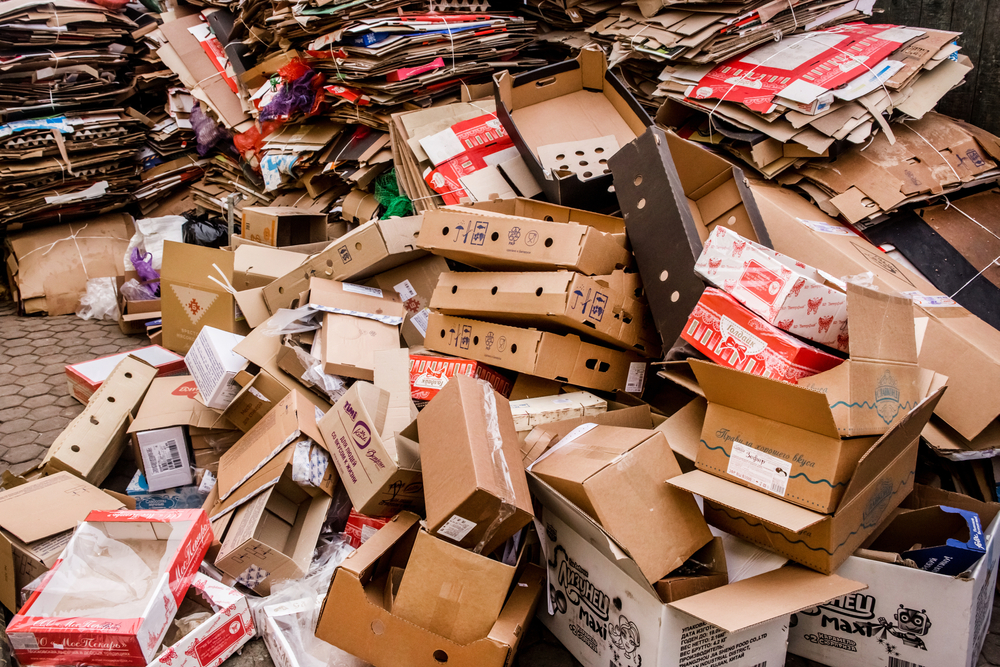We’ve written about the use of drones for medical access, ecosystem restoration, and pollution-spotting, but Seattle-based DroneSeed has their own specific drone mission: reforesting after wildfires.
The concept of using drones for reforestation isn’t new, but DroneSeed has perfected the process by creating pods which contain everything new trees need to thrive: seeds, nutrients, and natural pest deterrent. The technology also uses advanced laser mapping to pinpoint where the seeds have the highest chance of survival before dispersing the pods across a charred landscape.
Current reforestation methods rely on growing saplings in nurseries and planting them by hand. Using this method, workers can cover about two acres of forest per day, but with just five to six drones and four employees, DroneSeed can replant up to 50 acres per day. Their method is also more affordable for landowners, cutting down on reforestation costs by 30 to 50 percent.
DroneSeed can begin replanting a region just 30 days after a wildfire. They are already getting to work on burn areas from summer wildfires in California and Oregon. DroneSeed also recently acquired long-standing forestry company Silvaseed, which will allow them to scale up their reforestation operations.












